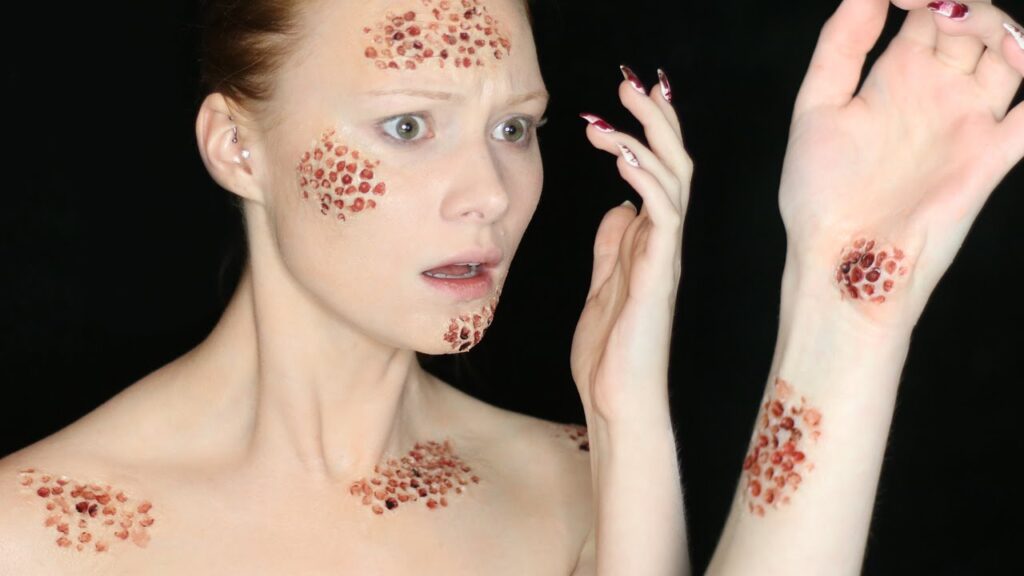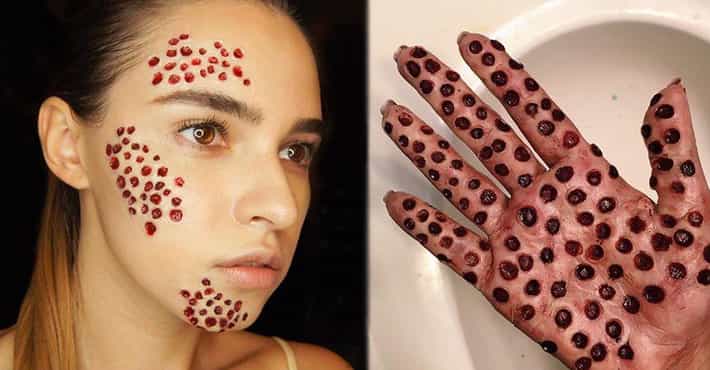Introduction
Trypophobia is an aversion or fear of clusters of small holes, bumps, or repetitive patterns. While it is not officially recognized as a mental disorder, many people report experiencing discomfort, anxiety, or even physical symptoms when exposed to certain visual patterns, such as honeycombs, lotus seed pods, or aerated chocolate.

Causes of Trypophobia
The exact cause of trypophobia is not well understood, but several theories suggest why some people may develop this condition:
- Evolutionary Response – Some researchers believe that trypophobia is an evolutionary reaction to potentially dangerous patterns found in nature, such as venomous animals or infectious diseases.
- Neurological Factors – Studies suggest that the brain processes trypophobic patterns differently, triggering a heightened emotional response.
- Learned Behavior – Exposure to such patterns in a negative context, such as skin diseases or infections, may lead to the development of trypophobia.
Common Symptoms
People with trypophobia may experience a range of emotional and physical symptoms, including:
- Intense discomfort or disgust
- Goosebumps or chills
- Nausea or dizziness
- Anxiety or panic attacks
- Increased heart rate
Triggers of Trypophobia

Trypophobic reactions are typically triggered by images or objects that have clusters of holes or bumps. Some of the most common triggers include:
- Honeycombs
- Lotus seed pods
- Coral structures
- Sponges
- Bubble formations
- Insect nests
Diagnosis and Treatment

Since trypophobia is not officially classified as a disorder, there is no standardized diagnosis. However, a mental health professional may assess an individual’s symptoms and recommend the following treatment options:
- Exposure Therapy – Gradual exposure to trypophobic images can help desensitize the individual.
- Cognitive Behavioral Therapy (CBT) – Helps in changing negative thought patterns associated with trypophobic triggers.
- Relaxation Techniques – Deep breathing, mindfulness, and meditation can reduce anxiety symptoms.
- Medication – In severe cases, anti-anxiety medications may be prescribed by a doctor.
Can Trypophobia Be Prevented?
While there is no guaranteed way to prevent trypophobia, managing stress levels and practicing relaxation techniques can help reduce sensitivity to triggers.
Final Thoughts
Trypophobia can cause significant discomfort for some individuals, but with proper understanding and coping strategies, it can be managed effectively. If trypophobia severely impacts daily life, consulting a mental health professional is recommended.





